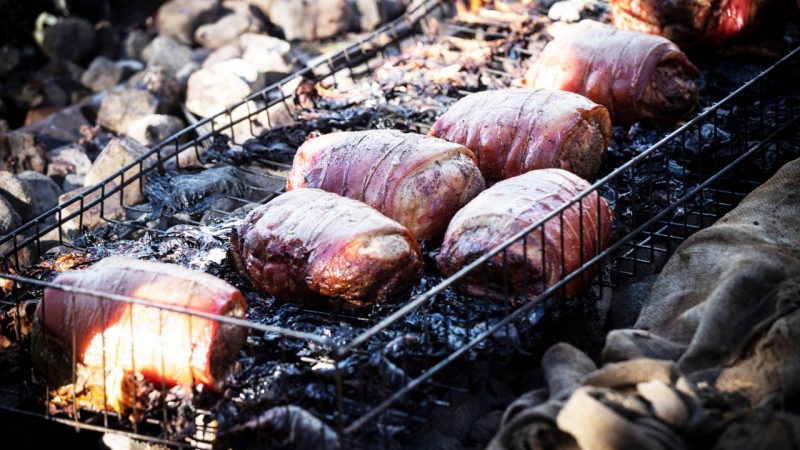Tāmaki Makaurau’s Māngere Maunga is offering members of the community the chance to book hāngī pits in their new recreation space near the base of the mountain.
Rewi Spraggon, a hāngī master, worked alongside Tūpuna Maunga Authority and urban design company Boffa Miskell to create the whānau ātea.
A key inspiration for bringing it to life was to keep Māori traditions alive, with the hāngī pits being crafted from the same materials as traditional hāngīs.
“I’ve always been an advocate for hāngī tuturu and making sure that this art form of this style of living doesn’t get lost,” Spraggon told Te Ao Māori News. “By giving the community opportunity and teaching the how to hāngī properly then that obviously will help the interest.”
“It’s important if we do a hāngī we do it properly,” Spraggon said, adding that food and training will be provided to anyone who needs it.
There are enough hāngī pits to provide for 400 plus people at any one time, and they’ll be able to be booked for community events, as well as privately.
The hāngī pits will open in March of this year, but the new spot also contains two basketball half-courts, a Māori playground, and a skate park. Manu whenua stories have been painted on the basketball courts, and the Māori playground, designed by traditional Māori play expert Harko Brown, includes traditional Māori play elements, such as tūpekepeke, whirinaki, and wiwi wawa.
Alf Filipaina, the deputy chair and Māngere-Ōtāhuhu ward councillor, is super excited for those living in the area to have access to the space, and believes it will become a popular spot.
“We are thrilled to make the whānau ātea available to the Māngere Bridge community,” she told Te Ao Māori News. “We anticipate the whānau ātea at Te Pane o Mataoho will fast become a destination for families in Tāmaki Makaurau.”
Over the year, the space will be decorated by manu whenua artists and local schools.




